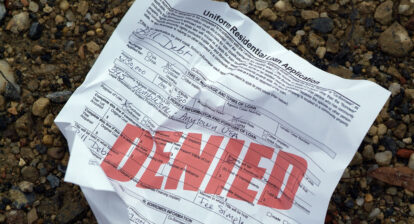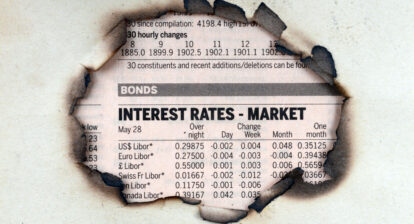The purchase process can be complicated for potential homebuyers with challenging financial situations—including large student debt, a divorce or bankruptcy, medical issues, job loss, a new job or even relocation—and that can often lead to buyer hesitancy. Here, RISMedia examines financial hurdles some buyers might face and how they can work to overcome them.
-
Homebuyer Checklist #1: Lender rejection
Your credit score plays the biggest role in determining what types of loans you will be eligible for, so the first thing you need to do is get your finances in order. Obtain copies of your credit reports and have any errors corrected. If you have a lot of credit card debt, work to pay down the balances and lower your debt-to-income ratio. Also take a hard look at your budget and write down all of your monthly expenses, and then look at your monthly income after taxes to determine how much you can afford for a mortgage without stretching yourself too thin.
-
Homebuyer Checklist #2: Coming up with a down payment
While some first-time buyers are able to score down payment rates of as little as 3.5 to 5 percent, most are expected to save at least 20 percent, which can be difficult, especially in places where the cost of living is high. In those cases, buyers may need several years in those cases to save the amount. To increase the pace, consider setting up an automatic savings program, cutting expenses, or borrowing from relatives or a retirement account.
-
Homebuyer Checklist #3: Obtaining a minimum FICO Score
Most lenders use a FICO Score to determine your credit risk. To arrive at its scores, FICO examines how often consumers pay their bills on time, the percentage of available credit they’re using, the average age of their lines of credit, their total number of accounts, derogatory marks in their credit report and other related factors. Scores range between 300 and 850—the higher the score, the lower the risk. You can get your score online through several free or paid apps, but your lender usually can provide the most accurate score by pulling the numbers from the big three reporting agencies and using the middle number from each. Knowing your credit score is a good way for both you and your lender to start out the buying process on the same page in terms of what home price range might be available to you.
-
Homebuyer Checklist #4: Considering cost of living
If you’re thinking about moving to a new area, one of the biggest considerations should be understanding any additional costs you may have in your new location. Cities come with different price tags. For example, housing prices in the downtown of a large city will be far more than in a small town. Make sure you know what you’ll be spending before you commit. Even grocery prices tend to change. The worst thing that could happen is you move and find out you can’t afford your new city.








